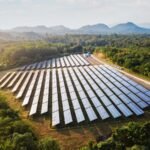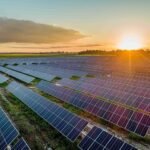Steelbridge Export Leading the Shif
When industries think about the future of energy, Steelbridge Export has already paved the way with bold moves into solar adoption. Photovoltaic system innovations are no longer limited to households or small commercial spaces; today, they are revolutionizing large-scale industrial applications. From logistics centers to heavy manufacturing, green investment has become a priority not only for sustainability but also for achieving long-term cost efficiency.
Key Features
📌 Role of Steelbridge Export in supporting industrial solar adoption.
📌 Latest photovoltaic system innovations boosting efficiency for factories and logistics hubs.
📌 Why green investment is critical for sustainable industrial growth.
📌 Comparison of conventional vs. advanced PV technologies.
📌 How industrial applications benefit from energy savings and reduced carbon footprints.
📌 Strategic roadmap for companies to align with energy transition goals.
Photovoltaic System Innovations: What’s Changing in 2025?
In the past, photovoltaic systems faced limitations in efficiency and integration. But thanks to advanced PV panels, bifacial modules, AI-driven monitoring, and storage-enhanced solutions, industries can now generate more power with less space. These innovations directly tie into green investment, as every percentage point gained in efficiency multiplies returns across massive industrial operations.
The Case for Green Investment in Industry
For investors and developers, green investment in photovoltaic systems is not just an ethical choice—it’s a profitable one. Industrial solar infrastructure now competes with fossil fuels on price while guaranteeing long-term ROI. The ability to scale solar farms or integrate rooftop solar into factories ensures companies save on energy bills while attracting ESG-focused investors.
 Comparing Traditional PV Systems vs. Industrial-Grade Innovations
Comparing Traditional PV Systems vs. Industrial-Grade Innovations
Traditional PV Systems: Limited by efficiency, higher maintenance, less durability in harsh industrial environments.
Industrial PV Innovations: Smart inverters, AI predictive maintenance, and hybrid grid/off-grid capabilities that align with global energy transition goals.
This comparison shows why industrial adoption of PV technology is exploding in 2025.
How Industries Benefit from Photovoltaic Applications
Cost Savings: Reduced reliance on expensive fossil fuel-based electricity.
Energy Independence: Off-grid solar reduces exposure to market volatility.
Sustainability Reporting: Corporates strengthen their ESG credentials.
Operational Stability: Predictable power output with advanced storage.
These benefits align with green investment priorities where financial returns meet environmental responsibility.
The Role of Green Investment in Driving Innovation
Without green investment, the rapid advancements in photovoltaic system technology wouldn’t have been possible. Venture capital, private equity, and institutional funds have fueled R&D in PV efficiency, smart grids, and sustainable storage. Industrial adoption is the direct result of investors betting on solar as the backbone of the energy transition.
Challenges to Adoption and How to Overcome Them
Even with promising technologies, industrial players face barriers such as:
High upfront costs: Solved through project finance and leasing models.
Grid integration issues: Mitigated with hybrid systems and digital controls.
Skill shortages: Training programs for engineers and solar EPC providers.
Each solution reinforces the case for green investment as a path to resilience.
 The Future of Photovoltaic Systems in Industrial Applications
The Future of Photovoltaic Systems in Industrial Applications
Looking forward, photovoltaic system innovations will not only power factories but also support EV fleets, smart warehouses, and hydrogen production. This integration into industrial infrastructure is a major driver of long-term investment strategies. With green investment at the center, industrial solar is becoming both a competitive advantage and a sustainability mandate.
Conclusion
The industrial landscape is undergoing a profound transformation. With the support of innovators like Steelbridge Export or Canadiansolar, industries are tapping into the potential of photovoltaic system innovations. What once seemed futuristic is now mainstream: cleaner, cheaper, and smarter solar for factories and logistics hubs. As the world accelerates its energy transition, embracing green investment in solar technologies ensures industries remain competitive while contributing to a sustainable future.
Summary
This article explored how photovoltaic system innovations are transforming industrial applications, why green investment is central to this transition, and how industries benefit through cost savings, sustainability, and long-term competitiveness.
FAQs
- 1. What makes photovoltaic systems suitable for industrial applications?
Advanced PV panels, higher efficiency, and integration with storage make them ideal for factories and large operations. - 2. Why is green investment important in photovoltaic systems?
It funds innovation, reduces carbon footprints, and ensures strong long-term ROI for industries. - 3. How do industrial PV systems differ from traditional ones?
Industrial PV systems include AI monitoring, higher durability, and better grid integration for heavy usage. - 4. What challenges exist in adopting photovoltaic systems for industries?
Upfront costs, technical integration, and skill shortages remain challenges but are solvable through finance and training. - 5. What is the future outlook for industrial solar adoption?
Expect rapid growth in smart factories, EV infrastructure, and integration into global supply chains, all fueled by green investment.



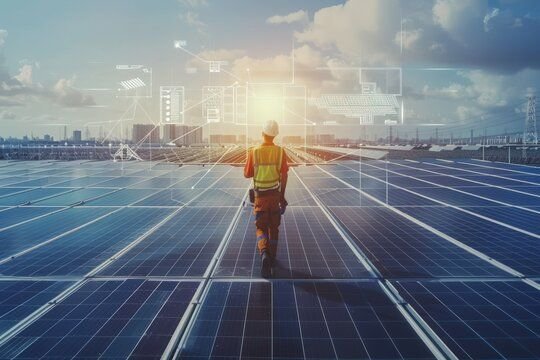
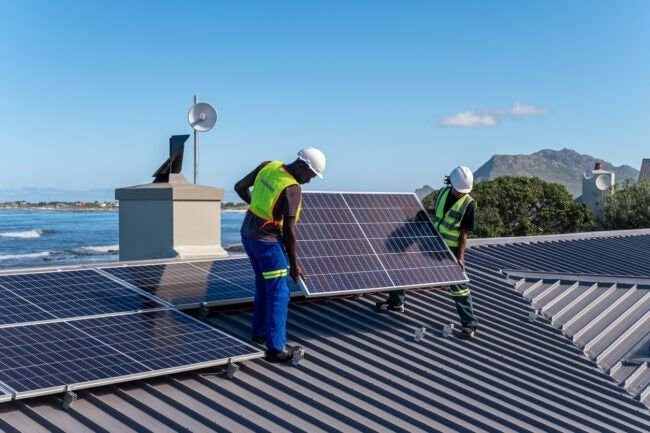 Comparing Traditional PV Systems vs. Industrial-Grade Innovations
Comparing Traditional PV Systems vs. Industrial-Grade Innovations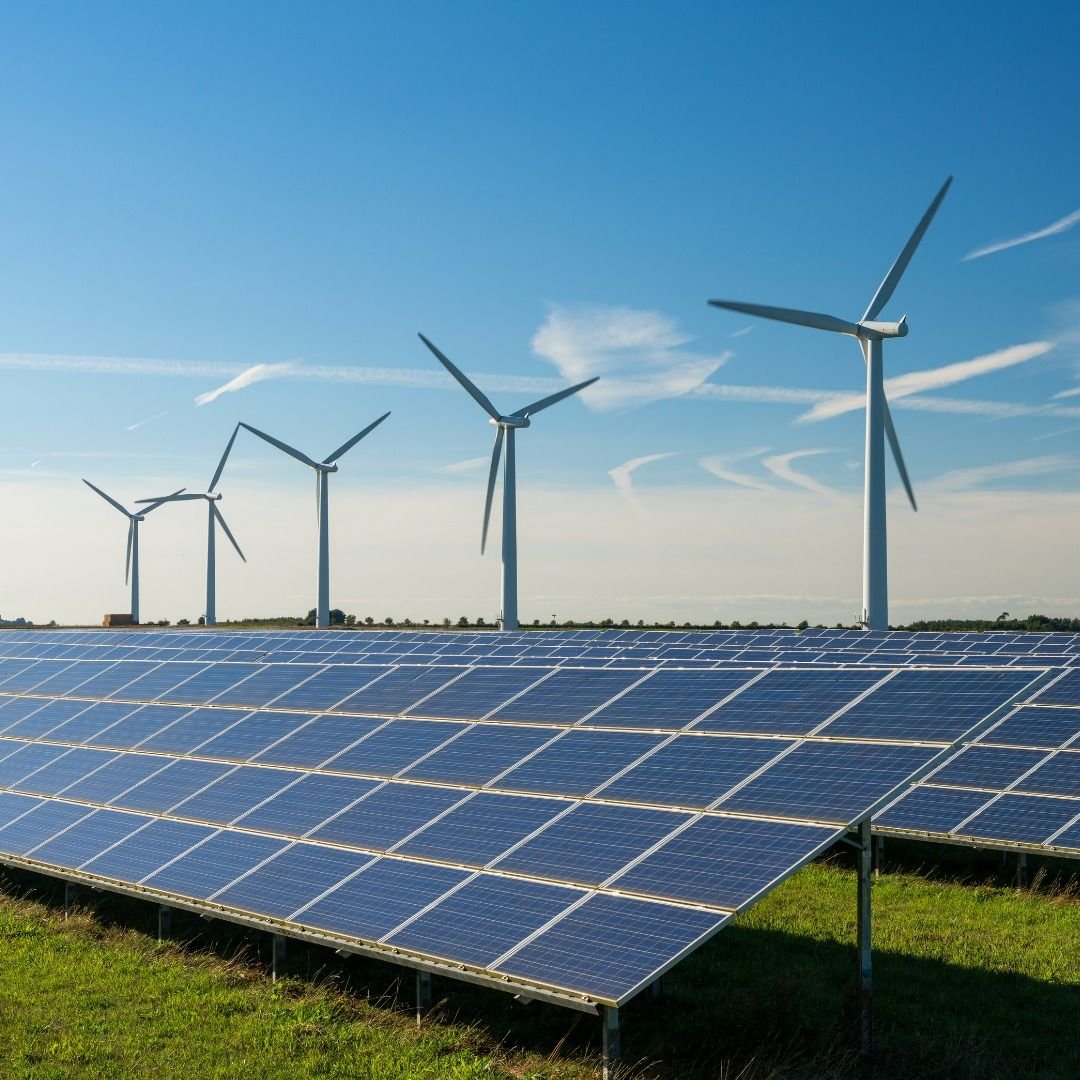 The Future of Photovoltaic Systems in Industrial Applications
The Future of Photovoltaic Systems in Industrial Applications

